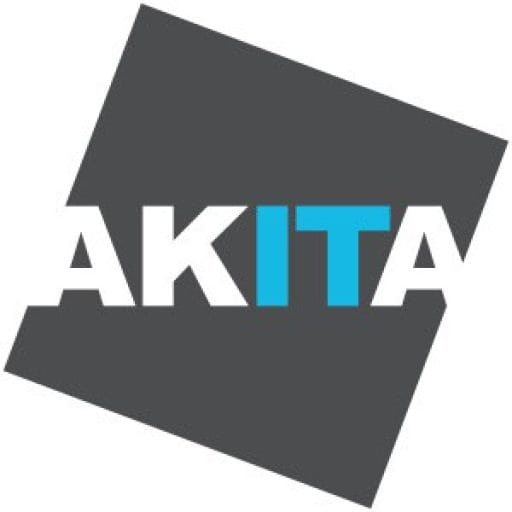Staying ahead of the competition is a constant battle for businesses. Technology can play a big part in driving new efficiency and productivity gains – but typically at a cost. With limited IT budget, organisations need to know how their spending can be most effective. Below we’ve put together a guide on how to make your IT budget go further in 2024:
1. Strategic Allocation Of IT Resources
Effective budget management starts with adopting a strategic approach to your IT. It’s crucial to assess and identify key areas where technology investments will yield the most significant impact. Prioritising critical tasks such as enhancing operational efficiency, improving customer experience, and strengthening cyber security ensures that your IT budget is allocated in a way that delivers tangible benefits.
Enhance Operational Efficiency: By investing in technologies that streamline operations, businesses can significantly reduce costs and increase productivity. This includes adopting project management tools like SharePoint, CRM systems and ERP solutions.
Improve Customer Experience: Technologies that enhance customer engagement, such as chatbots, personalised marketing tools, and customer analytics, can lead to increased customer satisfaction and loyalty.
Strengthen Cybersecurity: Given the rising cyber threats, allocating a portion of the budget to robust cybersecurity measures is non-negotiable. This includes firewalls, antivirus software, and regular security audits and penetration testing.
2. Harness The Power Of Automation
Automation is a necessity for businesses looking to enhance efficiency and reduce costs. Implementing automation in routine and labour-intensive tasks not only increases efficiency but also allows your team to focus on more strategic, revenue-generating activities.
Process Automation: Use automation tools to streamline business processes, from administrative tasks to complex operational workflows.
Data Analysis And Reporting: Automated data analysis tools can provide real-time insights, helping in quick decision-making and strategy formulation.
3. Adopt Cloud Computing Solutions
Cloud computing offers a flexible and cost-effective alternative to traditional IT infrastructure. Platforms such as Microsoft Azure and Microsoft 365 not only reduce hardware and maintenance costs but also provide scalability to meet changing business needs.
Scalability and Flexibility: Cloud services can be scaled up or down based on your business requirements, ensuring that you pay only for what you use.
Remote Work Enablement: Cloud solutions facilitate easier remote working, providing employees access to applications and data from anywhere, thus supporting a modern, flexible workforce.
4. Opt For Outsourced Or Co-Managed IT Services
Outsourcing IT services or opting for a co-managed model can significantly cut down overhead costs without compromising on service quality to make better use of your IT budget. This approach provides access to a pool of expert IT resources and advanced technologies, often at a fraction of the cost of maintaining an in-house team.
Access To Expertise: Outsourced IT providers offer specialised skills and knowledge that may not be available internally.
All Hours Support: While in-house teams will typically work 9am-5pm, an outsourced IT company will typically offer a 24/7 support service that can support you when you’re working around normal hours.
Risk Management And Compliance: These providers also assist in managing IT risks and ensuring compliance with various regulations.
5. Invest In Comprehensive Employee Training
Investing in employee training is crucial for maximising the value of your IT investment. Well-trained staff are more efficient, make fewer mistakes, and can better leverage the technology at their disposal.
Cyber Security Awareness: Regular training on cyber security best practices can significantly reduce the risk of breaches.
Technology Proficiency: Training programs designed to enhance employees’ tech skills can lead to better utilisation of IT budget, resources and tools.
6. Regular IT Audits And Assessments
Conducting regular IT audits and assessments can help identify redundant systems, underutilised resources, and areas where efficiencies can be gained. This process aids in reallocating resources more effectively and identifying opportunities for cost savings to make your IT budget go further.
System Optimisations: Regular assessments lead to the identification of areas where systems can be optimised for better performance.
Cost-Benefit Analysis: Evaluate the ROI of each technology investment to ensure they align with your business objectives.
Get The Most From Your 2024 IT Budget
By adopting these comprehensive strategies, organisations can not only cope with technological advancements but harness them for growth and operational efficiency. Implementing these approaches will ensure your organisation stays technologically robust and financially prudent in 2024.
Akita works to maximise IT budget efficiency of all our customers, guaranteeing you get the most cost-effective solutions for your requirements. Find out more about our services:
View More




